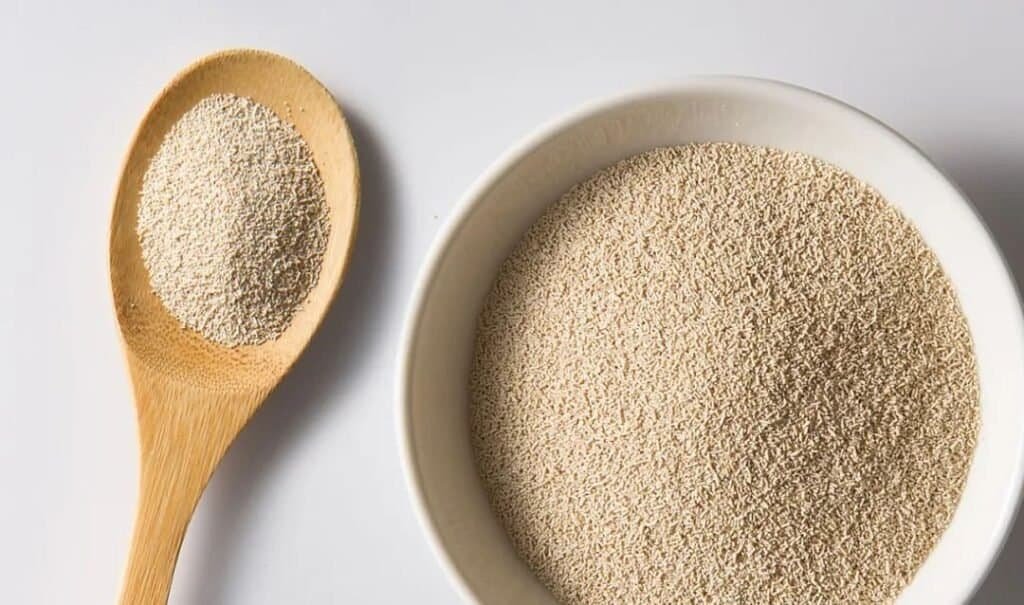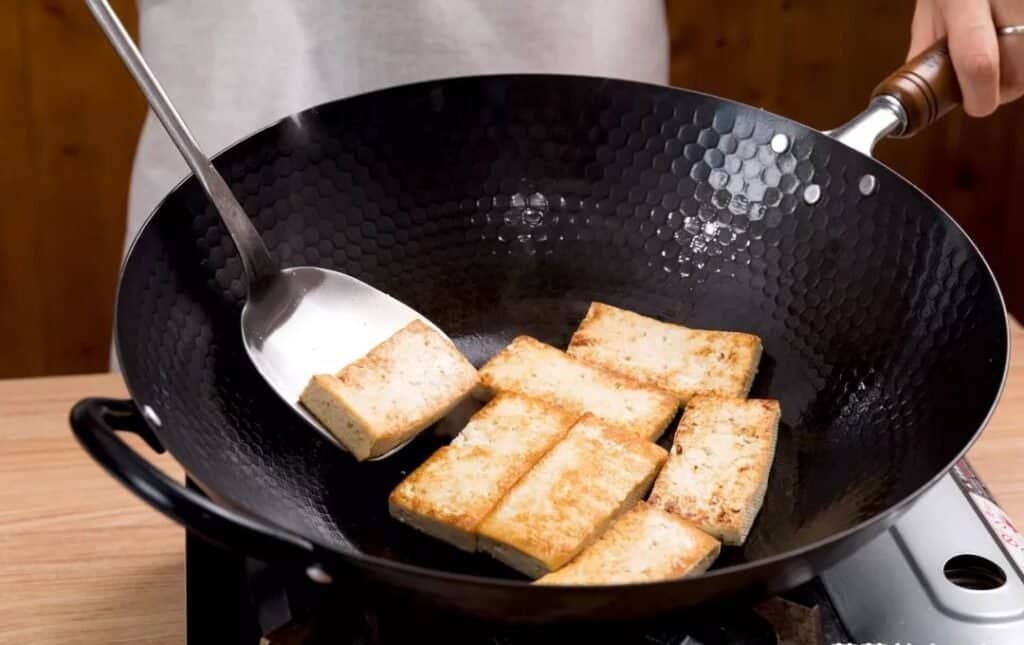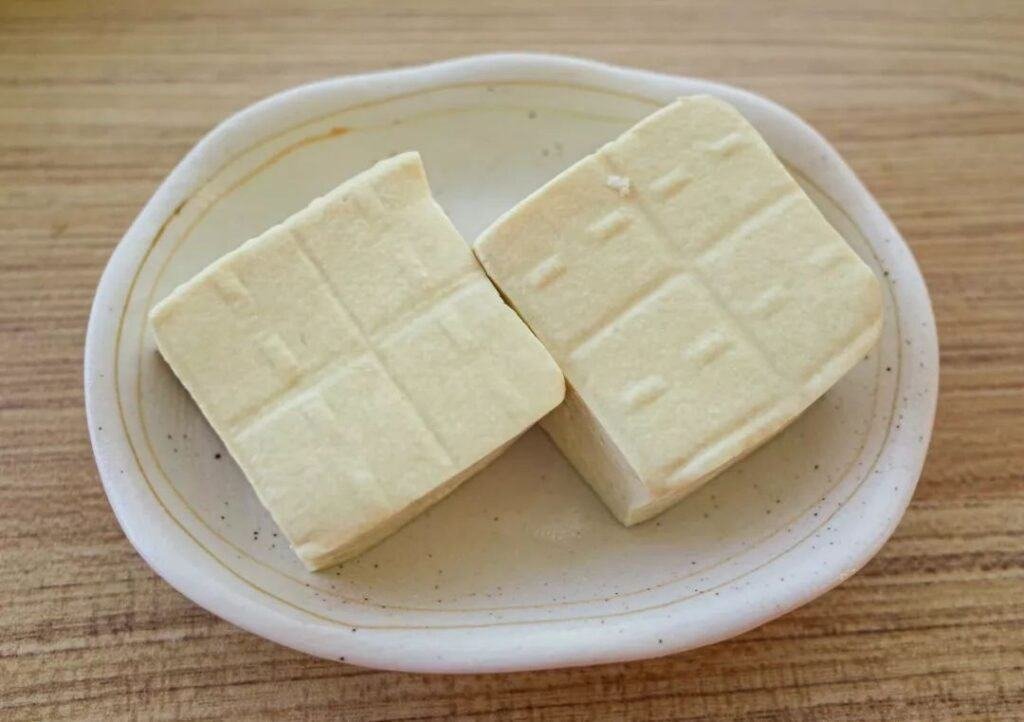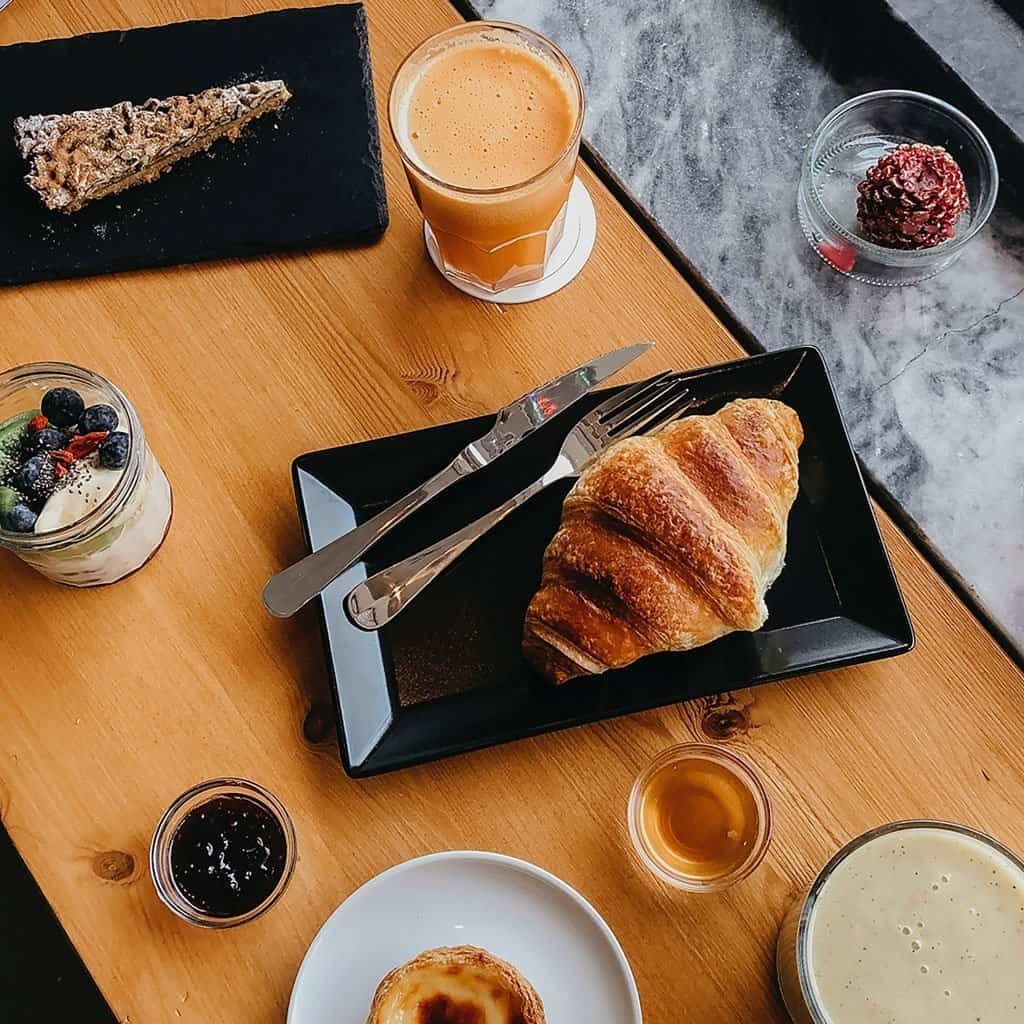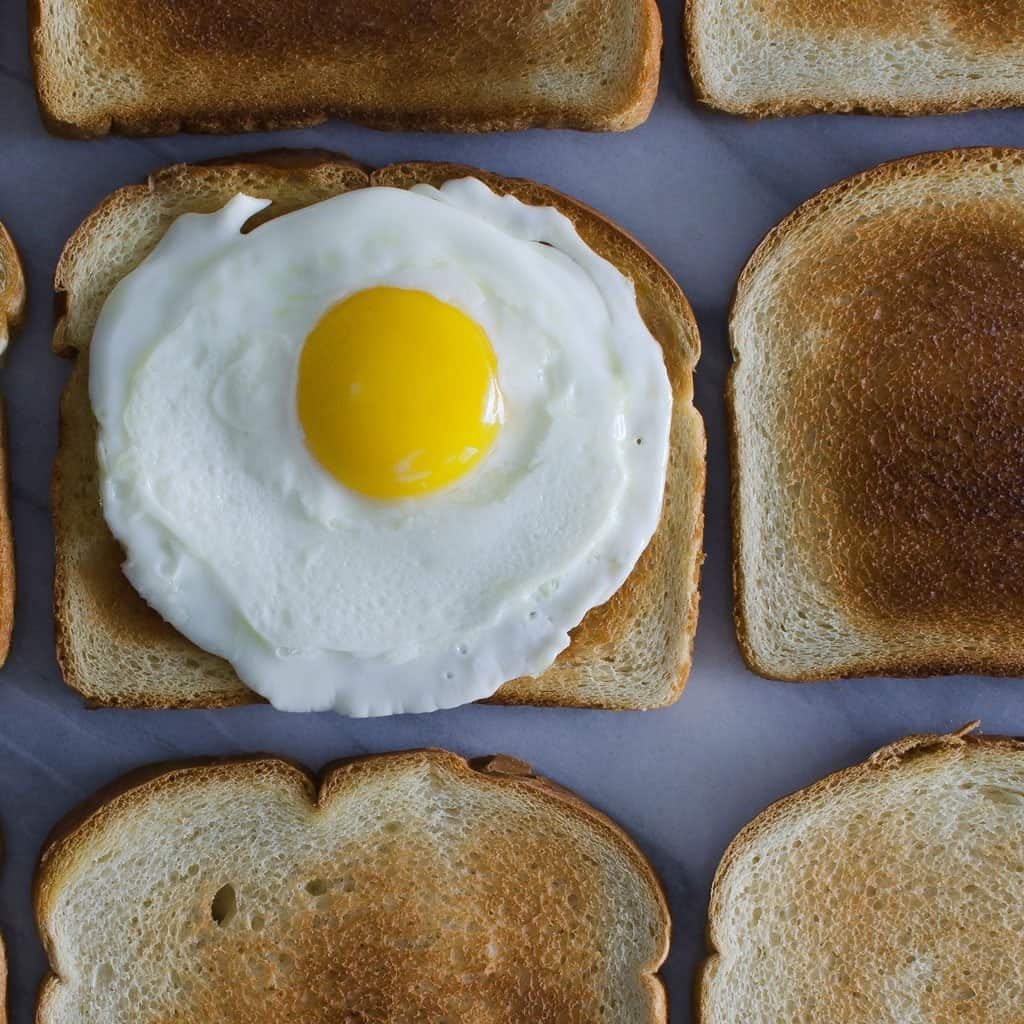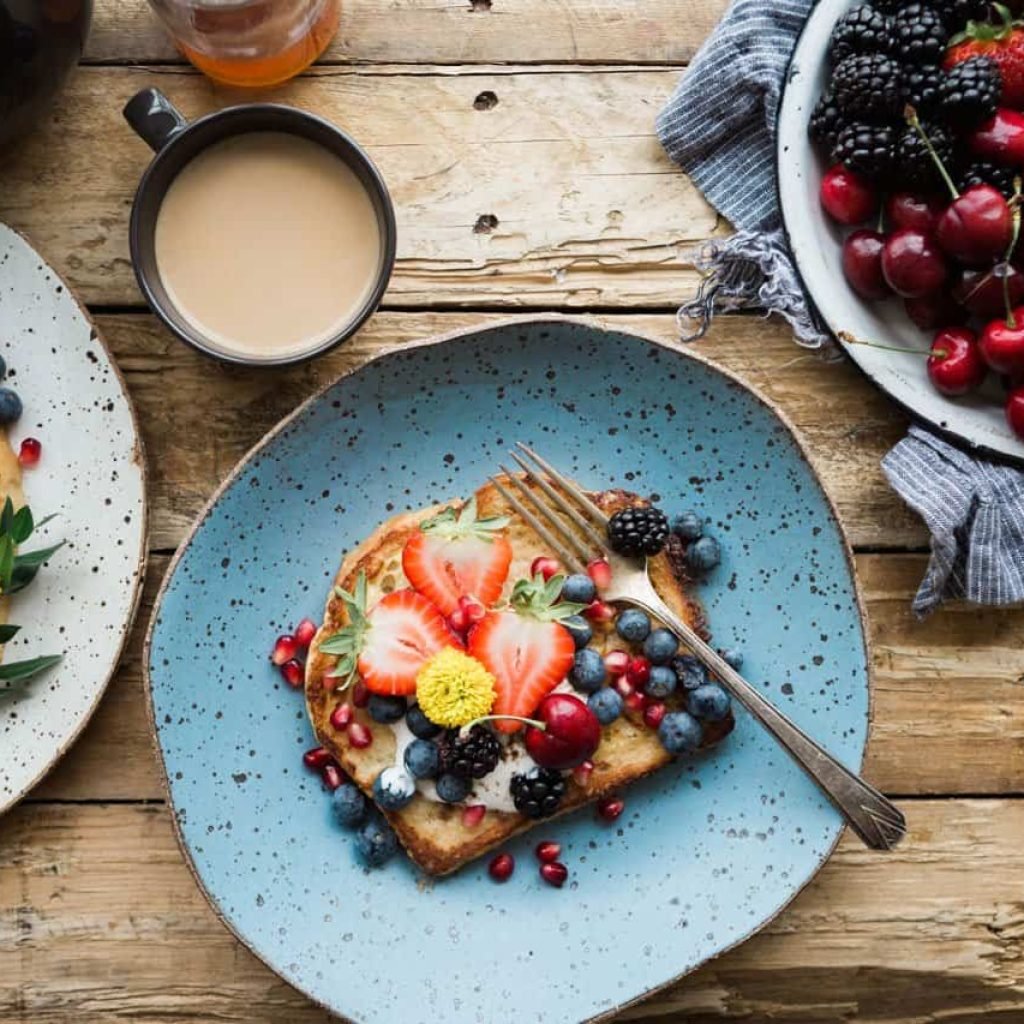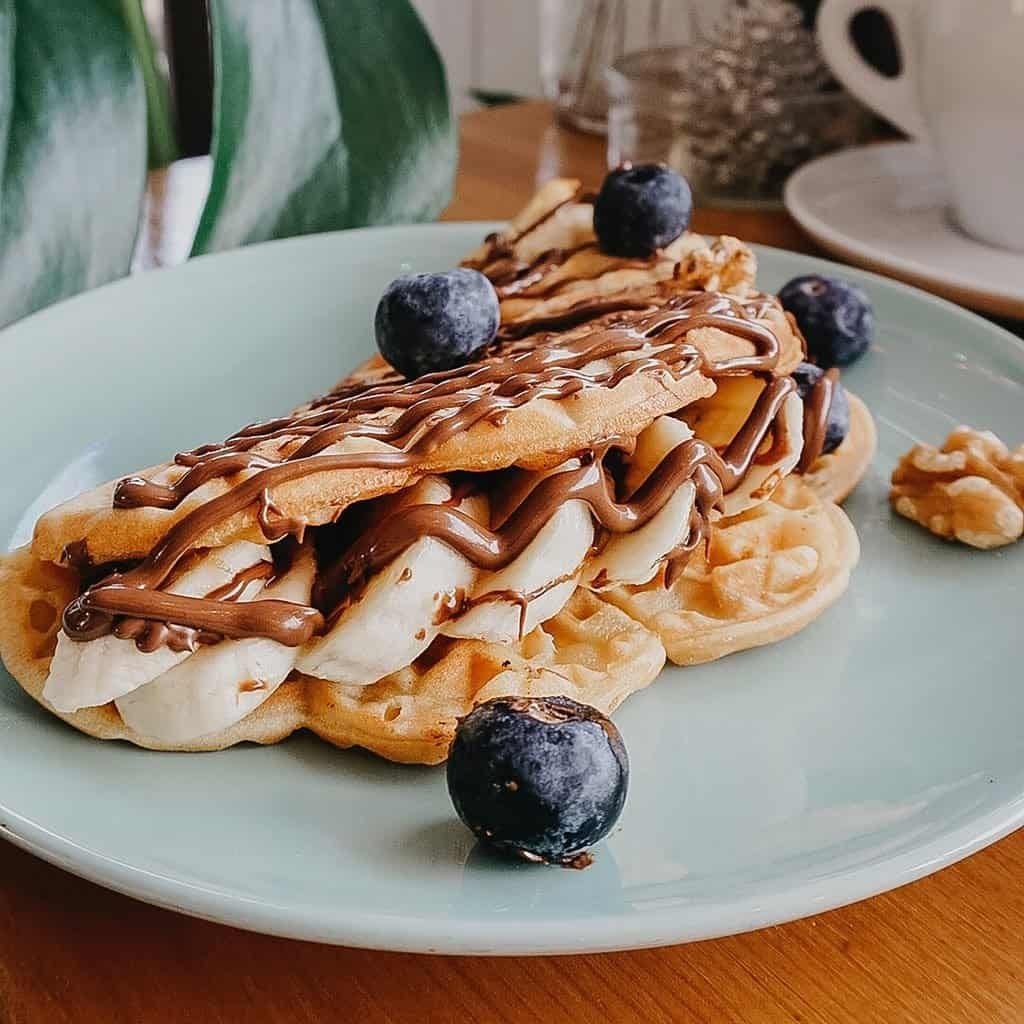Today, I’m here to systematically explain flour’s gluten content, its corresponding uses, and how you can adjust the gluten content yourself. This will help you choose the right flour for your recipes.
01 – What is the Gluten Content in Flour?
We often see recipes specifying high, medium, or low-gluten flour. Simply put, this ‘gluten’ refers to the texture of the dough after kneading. The higher the gluten content, the chewier the texture.
How to Identify Gluten Content?

The easiest way is to check the flour package, which usually indicates the gluten level. However, some flours are labeled by their use, like bread flour, cake flour, bun flour, etc. Others, like “strong flour” or “self-raising flour,” can be a bit confusing. Self-raising flour, for instance, is just all-purpose flour mixed with baking powder and salt for convenience. I don’t usually recommend it because the baking powder may lose its potency over time, and it’s challenging to control the salt content. It’s better to mix it fresh as needed.

02 – A Simple Trick to Determine Gluten Content
If all these names are too complicated, here’s an easy trick: Gluten content is determined by the protein content.
You can identify the gluten level by checking the protein content listed in the nutritional information on the flour package:

- Low-gluten flour: Protein content between 6 to 8 grams per 100 grams, weak in gluten.
- Medium-gluten flour: Protein content between 12.1 to 12.8 grams per 100 grams, versatile for various uses.
- High-gluten flour: Protein content between 13 to 14 grams per 100 grams, very chewy.
Understanding these protein content differences will help you no longer be confused by flour names.

03 – Adjusting Gluten Content
Just like adjusting saltiness in cooking, you can mix flours of different gluten levels to achieve a new gluten content. Here are some common examples:
Medium-gluten = 4 parts high-gluten + 6 parts low-gluten
- Mix high-gluten and low-gluten flour in a 4:6 ratio to substitute for medium-gluten flour.

Low-gluten = 4 parts medium-gluten + 1 part cornstarch
- Adding cornstarch reduces the proportion of gluten, so you can substitute low-gluten flour with a mixture of medium-gluten flour and 20% cornstarch.

Low-gluten = 1 part high-gluten + 1 part cornstarch
- If you only have high-gluten flour, mix it with cornstarch in a 1:1 ratio to create low-gluten flour.
Remember, you can only adjust gluten content downwards, not upwards. Even ten packs of low-gluten flour can’t be converted into high-gluten flour.



